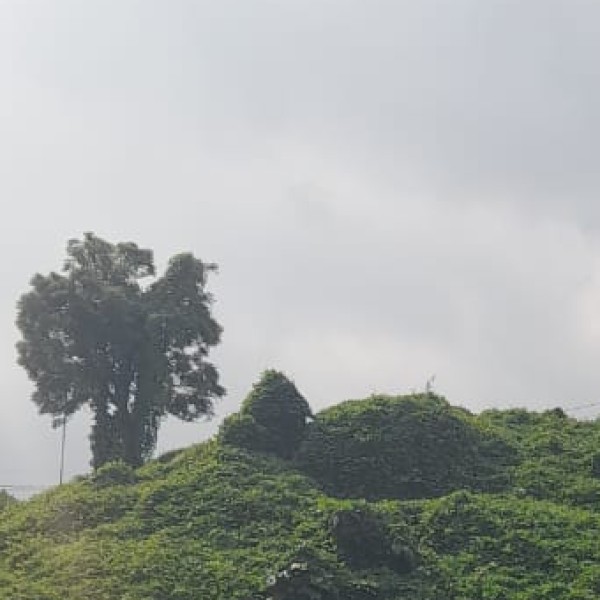About WelcomeTravelerIndia.com
India is a land of extraordinary contrasts, where ancient traditions meet modern innovation, and natural wonders coexist with vibrant cities.
India is a land of extraordinary contrasts, where ancient traditions meet modern innovation, and natural wonders coexist with vibrant cities.

General Overview
Historical Significance
Geography
Demographics
Culture
Economy
Transportation
Important Landmarks
Education
Climate
Modern Developments
Trivia